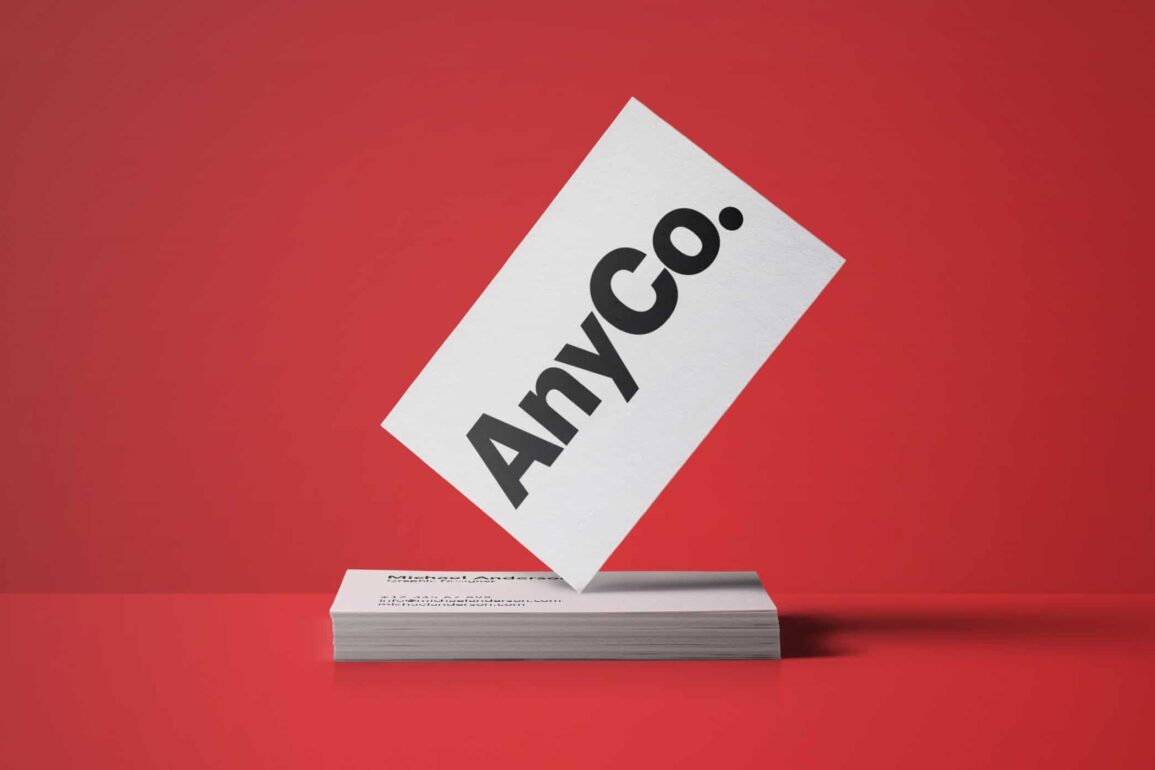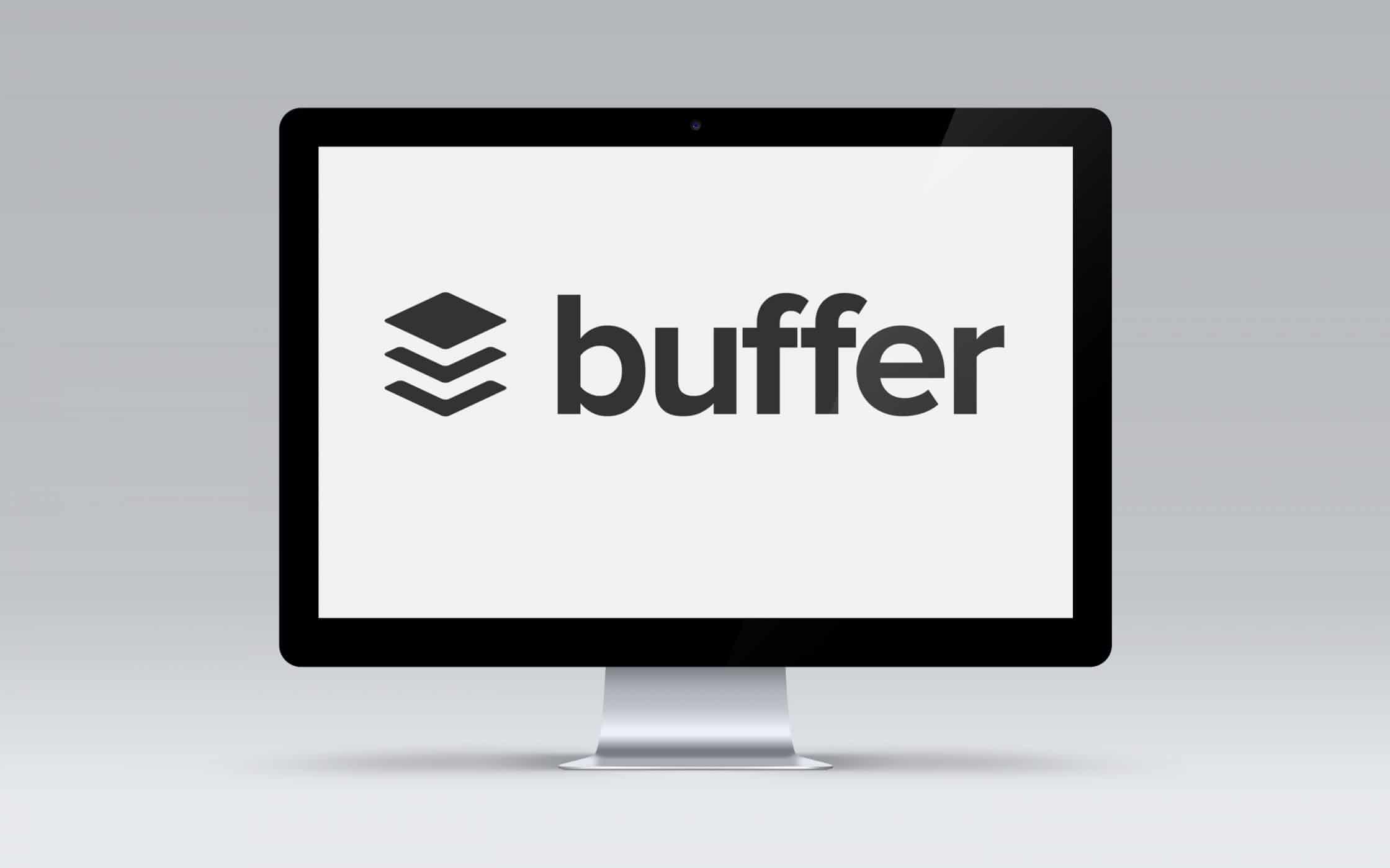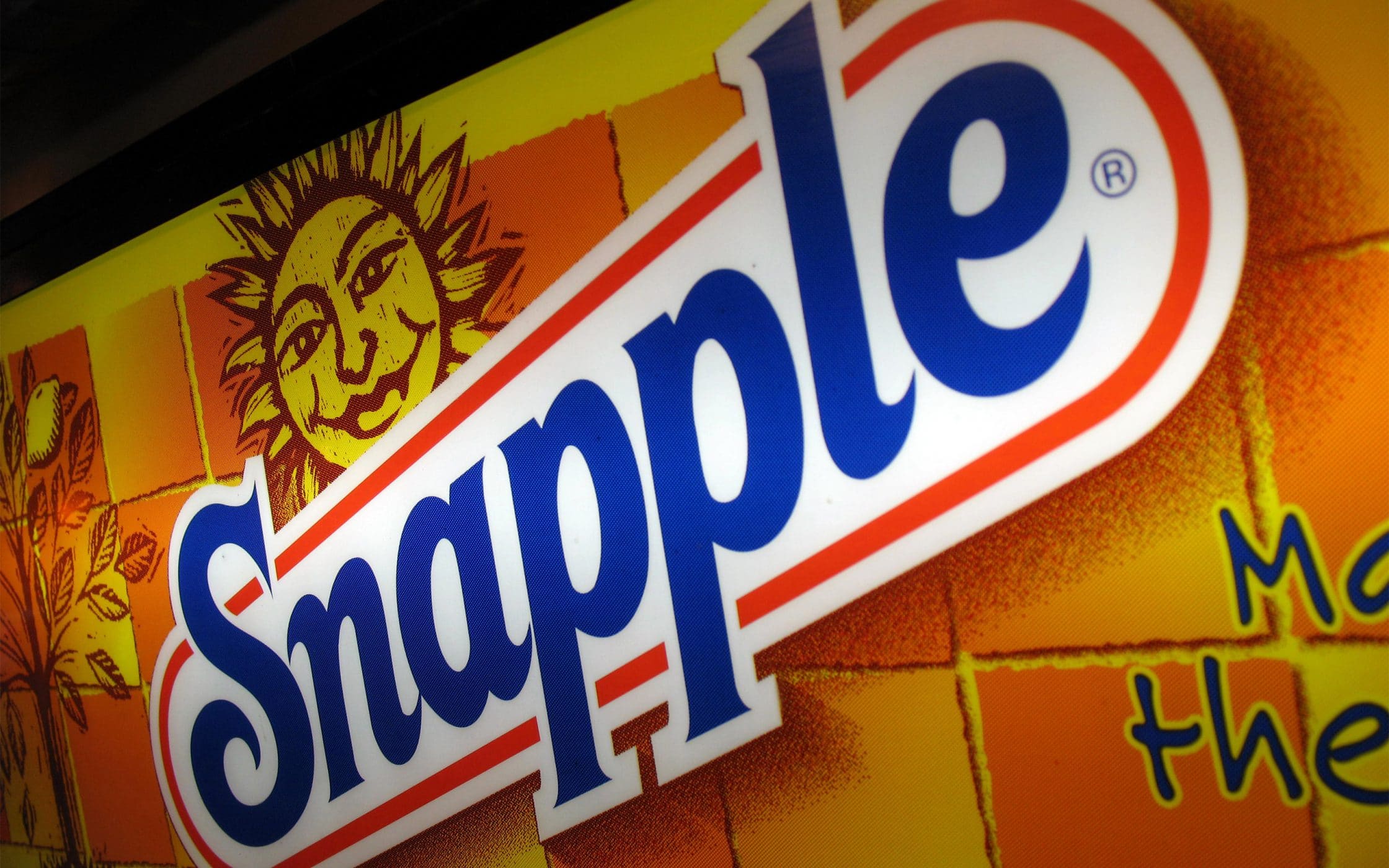Playing the name game: The rules to apply when naming a business

What’s in a name? For the modern business, a name might seem like just a small part of the overall branding puzzle, but that doesn’t mean it should be overlooked.
The right name can give credence to your brand voice, spark company recognition, and even make you more popular than all your competitors.
The wrong name, on the other hand, could doom you to failure, confusion, or worse – complete obscurity.
So, how do you make sure that your journey into naming a business is a success?
Ideally, the perfect name should be a distillation of your brand – something that perfectly describes who you are, and what you stand for in one or two words.
Through just a few letters, you need to convey your specific level of expertise, your value, and what makes you unique among your competitors.
For some companies, the best name is little more than a blank slate that businesses can use to build the reputation from. This is particularly true for brands who choose to create terms, or use obscure names for their company.
On the other hand, some companies believe that the best names are the ones that are the most obvious – the ones that help to outline the context of an organisation.
Either way, we’re here to tell you everything you need to know about naming a business. From tips on how to choose the best name, to ensuring your name corresponds with the nature of your brand, and even staying on the right side of the law, this is your ultimate guide to naming.
Let’s get started.

What’s in a name? Naming your business
It’s easy to overlook the importance of a name when it comes to branding. After all, there’s so much more to think about – from brand logos, to colour schemes, and communication strategies.
However, your business name is how your customers will gain familiarity with your brand. If you don’t get it right first-time round, then you run the risk of alienating your ideal audience.
The best way to make sure that you don’t end up in a dangerous situation, is to follow the right “rules” of naming. Here, are just a few of the key steps any business should follow when defining their brand.
Naming a business rule 1: Make it unforgettable
In the branding trade, making a brand name memorable and unique is often referred to as making it “sticky”. In other words, you want something that clings to the minds and hearts of your audience.
One way to make your business name as unique as possible, is to come up with an entirely new word, like “Google”. The challenge is finding a balance between making your name “different”, and accidentally confusing your audience.
Naming a business rule 2: Make it “feel” right
A great business name needs to roll off the tongue. When your customer says it out loud, or types it to a friend, it should feel completely natural. A lot of brands use alliteration to improve the “feel” of their name, like “Coca-Cola” for instance.
Just make sure that before you register a name, you say it out loud many times if in doubt. No-one wants a name that’s a tongue-twister.
Naming a business rule 3: Beware the threat of initials
There’s nothing wrong with your customers turning your brand name into an initialism, like “IBM” for instance. But that doesn’t mean you should start your name as nothing more than a collection of letters.
Initialisms are appealing because they’re quick to type, and easy to remember – but they’re also boring, dull and don’t provide identity designers with much to go on. Initialisms lack the soul of a really great brand name.
Naming a business rule 4: Make some sense
Being creative with your brand name is crucial – but that doesn’t mean you should swap creativity for sense. Some business owners have seen incredible success choosing names that are nothing but nonsense words, like “Yahoo” for instance. However, you need to be incredibly careful when choosing either an under-used term, or designing a name from scratch.
Remember, just because you’ve never heard of a word before doesn’t mean it doesn’t exist. More than one company has been humiliated by a new name that had some risqué connotations in other languages.
Naming a business rule 5: Keep it simple, stupid
You’ve probably heard of the “KISS” rule for branding before, or “Keep it Simple, Stupid”. Basically, the idea is that the simpler your marketing and promotional efforts are, the less likely they are to go over the heads of your target customers.
Limit your name to two syllables, and keep it short. Avoid using any weird phrases, or hyphens, and make sure that you don’t go so “clever” with your name that no-one really understands what you’re trying to achieve.
Naming a business rule 6: Don’t restrict yourself
There’s nothing wrong with choosing a name that helps to accurately describe your business, but be careful that you don’t choose something that stops your brand from growing.
For instance, if you’re starting your business making shoes, but you might expand into all kinds of clothing, then don’t call yourself “Sam’s Shoes”. Give yourself a little wiggle room.
Naming a business rule 7: Test your online impact
Finally, think about how easy it will be to register your brand name online. If you’re going to go for something that countless other companies might have picked in the past, it’s going to be impossible to register your domain name, never mind find keywords that you can rank for.
Make sure that whatever you choose has the potential to make an impact online.
Branding tips: Making your name match your personality
One of the most important elements you’ll need to think about when naming a business, is how you’re going to select a title that reflects your brand.
As we mentioned in the intro to this article, your name should be something that your customer can automatically associate with your business, so don’t get so bogged down trying to be witty and creative, that you forget to focus on what your brand is all about.
Here are some quick guidelines for making sure that your brand image, voice, and personality, match perfectly with the name you choose.
Step 1: Think about your values
Businesses aren’t born by accident.
People create companies, and brands, in an attempt to respond to a gap that they’ve noticed in the market. Some people will try to come up with something that’s never been done before, whereas others will differentiate themselves by offering a unique set of skills to an existing place.
The best way to start the process of naming a business, is to review where your company began. Look at your brand manifesto, your USP, and your competitor analysis. Think about your target audience, and who you’re trying to appeal to. Ask yourself:
- What message are you trying to give with your business name?
- What are your biggest priorities as a company?
- What do your customers need most from you?
- What do you want your customers to feel because of your business name?
- What are the names your competition has? What do you dislike, and like about them? (Be honest).
Step 2: Get brainstorming
Most brands won’t come up with the perfect name just off the top of their head. That would be far too simple. Instead, you’re going to need to do some brainstorming.
Get all of the most important members of your team together and ask them to throw together ideas based on the terms that they would use to describe the “heart” of your business.
While you’re doing this, keep your brand guidelines in mind, and think carefully about how you want to be perceived. A few ways to boost your brainstorming sessions include:
- Breaking out the thesaurus: It might not be exciting, but it’s a great way to think of words that might not be a natural part of your vocabulary.
- Hit Google: If you run a store that sells running shoes and you want to be associated with speed, then go to Google and do some searches for things, items, and animals associated with speed. Don’t just pick the obvious.
- Ask for help: Once you’ve brainstormed a few names, go out into the world and ask members of the public to vote on what they like the sound of best, or, if you’re having trouble coming up with a new name for your brand, host a social competition.
Step 3: Give yourself some time
Once you’ve got a hefty list of potential contenders for naming a business, you’ll be able to start reviewing your results. Go through your list one at a time and remove anything that doesn’t sound perfect. Unfortunately, this is the stage where you’re going to have to get brutal.
Don’t be afraid of ending up with nothing left to choose from. If that happens – it’s just a sign that you need to go back to the drawing board. With something as important as your company name, you can’t afford to “settle” for something.
Examples of great names and why they work
Sometimes, when you’re struggling for inspiration in your business, it helps to look back at lessons from the experts. After all, who better to give advice on how to name a brand than the companies whose names have become regular features of household conversation?
To help you with the process of naming a business, we’ve put together this list of some of the best names in branding history, and where they came from.
1. Alphabet
Not too long ago, in 2015, Google launched a new holding company with the name “Alphabet”. The idea was to provide greater transparency for the growing list of investments Google is now responsible for.
Though Alphabet might not be a household name anytime soon, it’s a great term for showing the brand’s approach to a diverse selection of companies and ideas.

2. Amazon.com
Jeff Bezos founded Amazon.com as the store where you can buy anything. He chose the name “Amazon” because he wanted to convey a feeling that the eCommerce giant would be different, and exotic. Plus, the Amazon River is the largest river in the world, and that reflected Bezos’ aim to make Amazon.com the biggest online marketplace.

3. BlackBerry
BlackBerry might not have the level of popularity it had a few years ago today, but when it first emerged in the business world, it was incredibly competitive. BlackBerry was an incredible brand, with lots to offer.
It’s mobile keyboard (complete with individual letters for easier typing), was its key differentiating factor, and the reason behind the name. The original product design looked like a blackberry, and thus the name was born.

4. Buffer
“Buffer” is an example of a naming a business with a descriptive term. Buffer is a popular social media sharing tool that literally allows customers to buffer their social media posts with queues that ensure that you’re sharing the right messages, at the right times.
As a name that describes the function of an app, and something a little bit different, “Buffer” is an example of a great brand name.

5. Caterpillar
Caterpillar is a brand with an experiential brand name. In other words, it’s something that’s slightly out of the ordinary, like “Buffer” above. Caterpillar is unique, because the name isn’t something you would immediately associate with a line of heavy-duty equipment.
The term, often shortened to “Cat”, came about in 1925, when a company photographer felt that the brand’s tractor trucks looked like caterpillars moving across the ground.

6. Google
It’s tough to write an article about naming a brand without giving a quick shout-out to Google. Google, is a completely new and invented word, which is part of what makes it so effective as a brand name.
According to the brand history, the name was originally “Googol”, but the term was misspelled after the domain name was registered. Apparently, Larry Page liked the way the term looked, and decided to keep it for good. “Google” works because it’s fun to say, distinct, and easy to remember. As names go, you can’t get much more creative than this.

7. Snapple
Speaking of “creative” naming, the original name for Snapple was “Unadulterated Food Products”. Yuck. How boring is that? Fortunately, the name soon changed to embrace one of the company’s products – a carbonated juice drink. The founders thought the beverage was a “snappy apple” drink, which was then shortened to “Snapple”.
Another invented word like Google, Snapple is a great name because it makes sense, and it’s phonetically fun to say. Seriously – try saying it – it just rolls off the tongue.

8. Twitter
Facebook is great and everything, but Twitter is easily one of the best names ever created for a social media company. The word clearly describes the experience you get by interacting with the brand.
According to the co-founder, Jack Dorsey said that the team looked through the dictionary for words, and found “Twitter”. The definition was “short bursts of inconsequential information”, which is basically what Twitter is all about.

The legal side: Getting your name registered
Okay, now looking at the legal side of things might not be the most exciting part of naming your business, but bear with us – it’s important.
As overwhelming as things like “trademark infringement” and copyright law might seem, you can save yourself a heck of a lot of heartache if you consider the legal issues of naming your company, before you start signing up for websites and domains.
Remember, choosing a name that’s the same as, or like another competitor, or a different company not only puts you in a dangerous place with the law, but it also damages your potential as a brand too.
If your name is too similar to one of your competitors, for instance, you’ll run the risk of sending your customers straight to their door every time they try to find you. That’s not exactly good for business.
To get the legal stuff out of the way, follow these steps:
1. Perform a quick online search
Your quest for availability when naming a business starts the same place as most quests these days – on the Google homepage. Type your preferred name into Google and check out what comes up.
If you find that you’re presented with a huge number of results, then you might want to take that as a sign that ranking for search terms is going to be pretty tough. If that doesn’t worry you, then narrow your search further by including the industry you’ll be working in.
Remember to search for any variations of your name that your customers might search for in their confusion. If your company name is already taken, then the best thing you can do is head back to the drawing board and look for something new.
Sneaking your way past legal problems by changing your name ever so slightly might seem like a good idea, but it’s not the best way to go about naming a business.
2. Check the “Fictitious Name Database”
Once you’ve finished your basic searches, you’ll need to check through online databases in your area to see which names have already been registered. You’ll be able to filter through the Fictitious Name Database to see whether the company name you like is already being used somewhere close by. This will help you to find any name that might not be used as a “legal moniker”.

3. Register your business name as a trademark
If your name doesn’t belong to anyone else, then you’re good to go. Though registering your name as a trademark isn’t required by law, it’s something that most brands should think about as an optional expense.
Registering your brand name as a trademark can help to protect you in the future if someone else tries to use your company name, or something very close to it.
It’s particularly important to consider trademarking the name for your business if you’re thinking of conducting business on an international basis, or offering multiple products to your customers.

Naming a business and renaming: Getting help from the professionals
Naming a business is a tough job – but it’s crucial to your brand.
Though a bad name might not necessarily kill your chances for success, it will probably reduce the potency of your brand personality, and make it harder for you to earn the loyalty of your customers.
If you have a name that sucks, or you don’t know what to name your brand, then one of the easiest things you can do to fix the problem, is seek the help of a branding professional. While getting professional help in naming your brand might cost a little extra cash, the benefits often outweigh the expense.
Remember, coming up with a great business name is a complicated process, and experts have the benefit of years of experience dealing with all kinds of names, for all different industries and backgrounds. At Fabrik, for instance, we’ve worked with countless companies helping them distil the essence of their brand into the perfect name.
Naming firms have elaborate templates and guides for helping you to find the right name for your company – whether you’re picking a term out of a dictionary, or coming up with a brand-new word. They can advise you against the dangers of a terrible name choice, and help to explain why some names might be more beneficial to your company.
On top of that, most of these companies know how to work their way around trademark laws, making the processes more efficient.
At the end of the day, naming a business is a task that’s going to take time, dedication, and creativity. Remember not to rush the process, or force yourself to settle for something that doesn’t sound or feel right.
Although it’s easy for brands to feel pressured into choosing a name by a specific deadline, the truth is that the wrong choice can haunt your company forever.
Fabrik: A naming agency for our times.

We’ve made our name famous by naming other businesses.
Get in touch if you have a company, product, or service that requires a unique name. Click below, and let’s start a conversation today!
While we have you here... If you need a brilliant brand name, and you want it today, head on over to the Fabrik NameStore. Browse our library, pick your favourite and grab yourself a ready-made brand name with a .com domain. Simple!
If you enjoyed this article, you might enjoy these too:
—How to come up with a brand name
— Perfecting your brand naming process
— How to name a product: Golden rules











